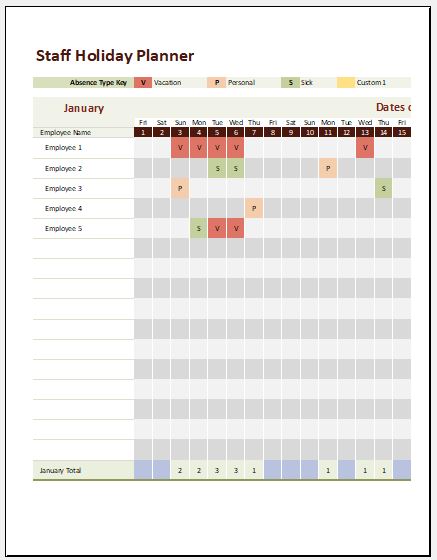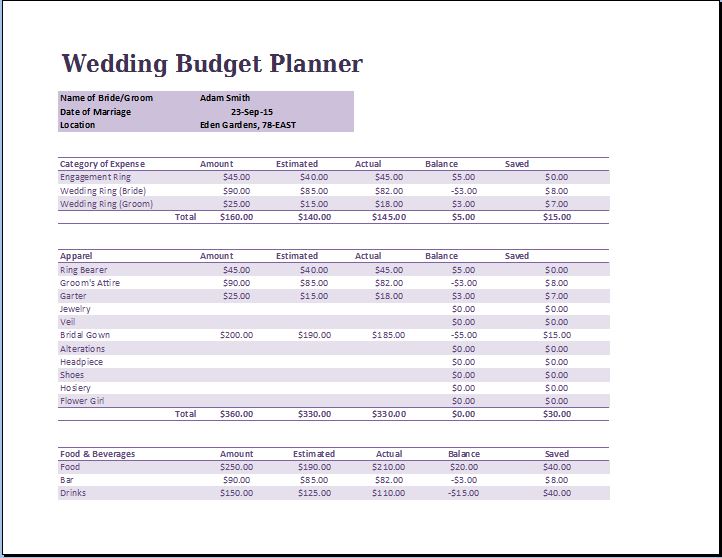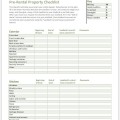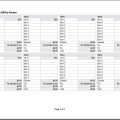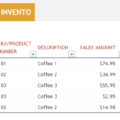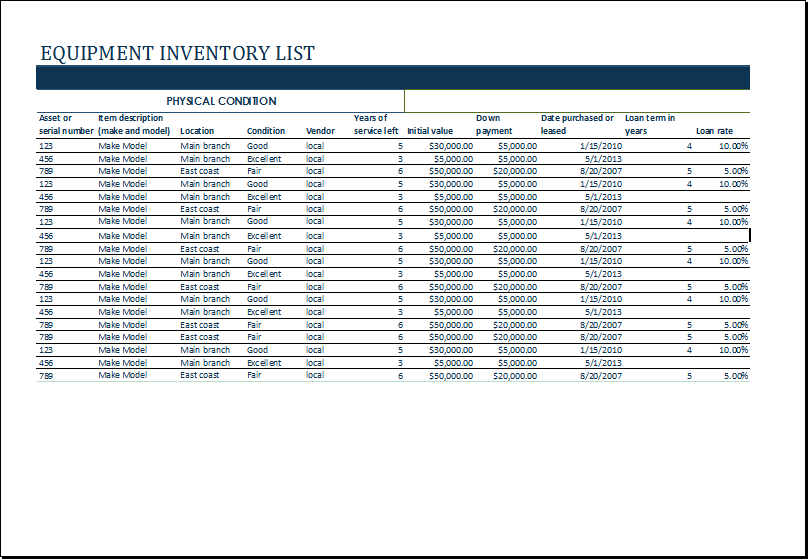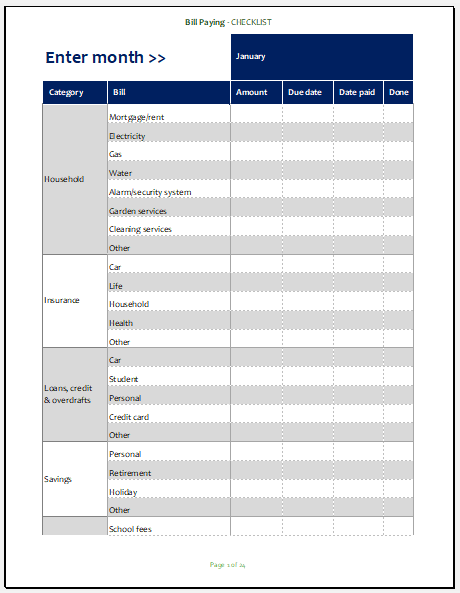Managing staff holiday requests can be challenging in today’s fast-paced world. Managing the availability of employees at work is very difficult in this pacy environment. Scheduling conflicts are becoming a bone of contention in workplace settings. However, there is a solution to this problem: the staff holiday planner.
A staff holiday planner is a tool used by employers to manage and schedule employee time off requests. It can be a physical planner or an online application that allows employees to submit their holiday requests and managers to approve or reject them. It can streamline the request process, improve communication, and enhance employee satisfaction.
However, considering the limitations, such as cost, technical issues, training, and limited flexibility, is important. Businesses benefit greatly from implementing a staff holiday planner as it can be valuable for managing employee time off and improving workplace efficiency.
Template
Here is a template that can be used for a physical or online holiday planner:
- Employee Information: This is the first section of a staff holiday planner and includes the employee’s name, job title, and contact information. This will help managers easily identify and contact employees.
- Time-Off Requests: The second section should include a space for employees to request time off. This can be done by listing the dates they would like off and the reason for their request. It is also important to include a space for managers to approve or reject the request.
- Approved Time Off: The third section should include a space to list all approved time off requests. This will help managers to keep track of who is unavailable to work and when.
- Availability: The fourth section should include a space to list each employee’s availability. This will help managers to assign tasks to employees who are available to work.
- Scheduling: The fifth section should include a space to schedule employee shifts. This will help managers to ensure that there is enough staff to handle the workload.
- Notes: The final section should include a space for any additional notes. This can be used for managers to communicate with employees or for employees to provide additional information about their time off requests.
When using a staff holiday planner, the template can be customized to include additional features, such as automatic approval or rejection of time off requests, email notifications, and integration with other scheduling tools.
Use Cases
A staff holiday planner can be used for various purposes. The most common use cases are:
- Manage Staff Availability: The primary use of the planner is to manage the availability of staff. It allows managers to view the availability of their team members and schedule work accordingly. This schedules the staff availability according to the workload and helps to avoid scheduling conflicts.
- Streamline Time-Off Requests: A staff holiday planner streamlines the process of requesting time off. Instead of employees having to go to their managers and request time off in person, they can use the planner to submit their requests. This saves time for both employees and managers and reduces the chances of miscommunication.
- Avoid Scheduling Conflicts: A planner can help to avoid scheduling conflicts. By having all employee time off requests in one place, managers can quickly and easily see when someone is unavailable. This helps them to avoid scheduling conflicts and ensures that there is enough staff to handle the workload.
- Manage Employee Workload: A planner can help managers to manage the workload of their employees. By seeing who is available to work, they can assign tasks accordingly. This helps to ensure that each employee has a manageable workload and that the workload is evenly distributed among the team.
Significance
A staff holiday planner is a significant tool for employers. It improves communication between employees and managers. Instead of having to communicate in person, employees can submit their requests online, and managers can approve or reject them with just a few clicks. This reduces the chances of miscommunication and ensures that everyone is on the same page.
The planner increases efficiency. Instead of spending time manually managing time-off requests, managers can use the planner to quickly and easily approve or reject requests. This saves time and allows managers to focus on other important tasks.
To reduce conflicts in workplace settings, a staff holiday planner is of great importance. By having all employee time-off requests in one place, managers can quickly and easily see when someone is unavailable. This helps them to avoid scheduling conflicts and ensures that there is enough staff to handle the workload.
A holiday planner enhances employee satisfaction. Employees feel that their time off is being respected by streamlining the time-off request process and reducing the chances of scheduling conflicts. This leads to higher job satisfaction and increased employee retention.
Preview
